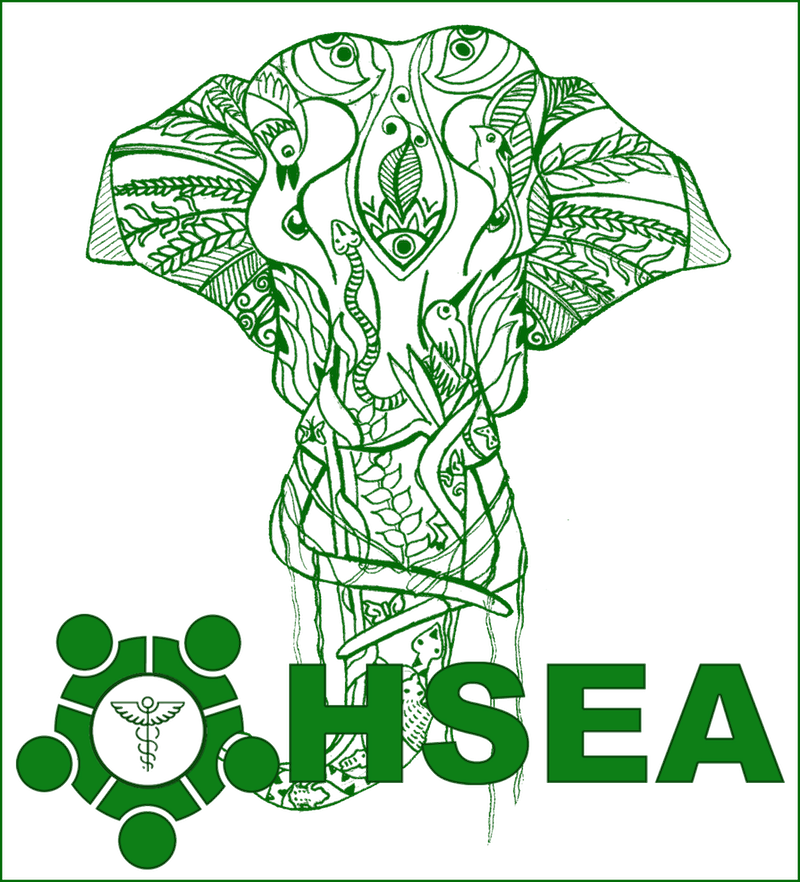Initiating a One Health Approach on extensive buffalo farming in Southeast Asia
PITCH
INTRODUCTION TO THE PROJECT
On a global scale evidence has been made on the role of expanding livestock farming both as a threat to biodiversity and as increasingly putting human and animal health at risk. However, little distinction is generally made between the different production systems ranging from smallholders to industrial farms, and between the diversity and species distribution on the planet. This last aspect being particularly complex as it depends both on variations of specific socio-economic contexts and on the cultural values associated with animals in different cultures.
Where it still exists, extensive Buffalo farming follow a seasonal activity directly linked to the agricultural calendar. It means that the animals spend half of the year in the village area along the paddy field after the harvesting period, and then they are sent back to forest before rice transplantation when the rainy season comes. During this period (5-6 months) interspecies encounters with wild animals is cause of zoonotic or epizootic risks. Most of the infectious diseases affecting buffalos in Southeast Asia (Leptospirosis, Brucellosis, Bovine Tuberculosis, Bovine viral diarrhea virus and fasciolosis) are zoonotic and may cause not only impact the local economy but also the herder’s health.
PROJECT IN ACTION
The BufFarm OneHealth Sea project seeks to explore the relationships farm production system, biodiversity, animal and human health. To do so the project focuses on extensive buffalos farming in two pilot sites in Southeast Asia: Sayabouri Province (Laos) and Lam Dong Province (Vietnam).
Task 1: Once documented the local knowledge of the herders was put into dialogue with various scientific perspectives (anthropology, botany and ecology).
This has helped to encourage and promote virtuous practices for livestock farming guaranteeing the good health of humans, animals and the environment.
Task 2: At the village level, the objective was to take an interest on the daily animal care practices and local medicine, by carrying out in situ plant collection with identification and taxonomic survey of fauna and flora.
The associated uses and techniques, as well as the interpretation of animal behavior have also been documented. The medical pluralism including ethnoveterinary medicine and contemporary veterinary biomedicine have been fully considered, notably the use of antibiotics.
Task 3: At the forest level, the project aimed at completing the buffalo plant database and seek to explore self-medication practices.
The idea is to follow the animal along with their owner to observe the plants specimen, roots, flowers, etc. consumed in situ and seek for potential self-medication practices. Some individual buffalos have be equipped with collar GPS to track their presence and satellite images have been used to counting interaction with wild animals and define specific area that buffalos spread on the grazing area. Camera traps have also been positioned in strategical point of contacts and interactions with wild animals.
NEXT STEPS
- Eventhought the FSPI support has come to an end, the research investigations are still going on and field missions are planned up to the end of 2023. Research questions have been expanded and new collaboration have been intiated with others researchers.
- In term of research and capacity building, Nicolas Lainé (PI) has recently submitted a proposal to create a Young Team Associated with IRD (JEAI) at the French Institute for Sustainable Development including all Thai members of the BufFarm Project. The objectives of the JEAI is to further developing research investigations and to reinforce a strong regional network on animal farming in Southeast Asia under a One Health perspective.
- A number of development activities are currently underway. A scientific paper was presented on 21 June 2022 at the Future Health Sea seminar at Kasetsart University. The data collected and the database will be published on the dedicated Buffarm One Health SEA website. Finally, the team members have prepared a research protocol that will be submitted for publication to the journal Plos One.
- The team has also prepared a CABI One Health Cases that was submitted at the end of March 2023.
- Several other publications are planned.
BufFarm ON THE WEB
The BufFarm’s website : http://Le site de BufFarm : https://buffarm.hypotheses.org/
CONTACT
Project leader : Nicolas Lainé nicolas.laine@ird.fr
Associated researchers :
Pierre Morère (pierremorere@hotmail.fr)
Binh V. Ngo (nvbinhsp@hueuni.edu.vn)
Khamphan MAHAVONGSANANH (khamphan-hs@hotmail.com)
Anamika Karnchanabanthoeng (anamikanose.k@gmail.com)
Kim Fooyontphanich (fooykim@gmail.com)
Countries involved : Vietnam, Laos and Thailand
